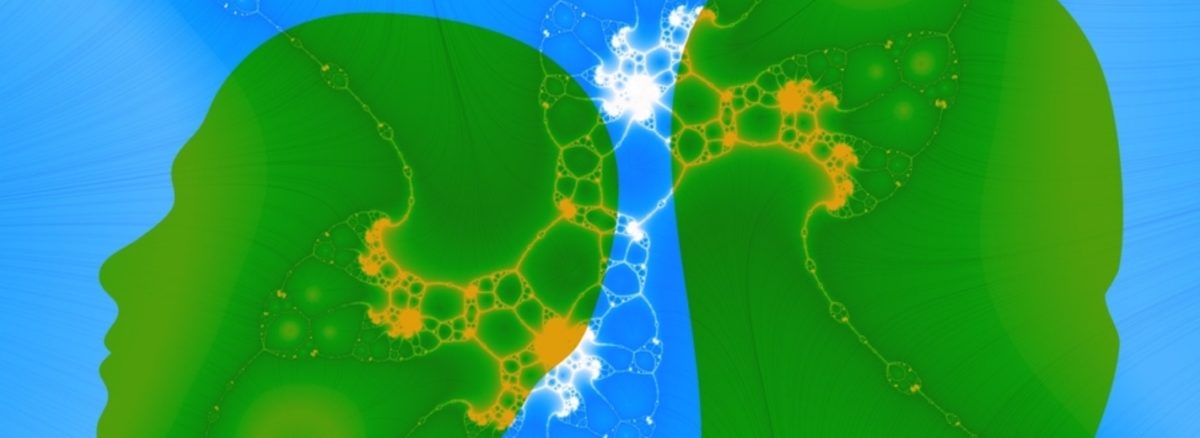What came first, the chicken or the egg? This is a common thought experiment (and actual scientific question) that represents a paradox of causality. To a casual observer, this question has no resolution, since all chickens come from eggs, and all (chicken) eggs come from chickens. It seems to be a repeating series with no origin, and therefore no answer.
This is, however, a good example of linear causality, a hallmark of Western philosophical and scientific thought. Though many disciplines recognize that real systems are chaotic and unpredictable, the lure of linear causality is very strong. This is the basis for reductionism, whereby a complex system is reduced systematically to its component parts, and each part is evaluated for its contribution to the whole. For instance, if we want to understand what causes diabetes, then the first step is to isolate the different variables. The contribution of genetics, weight, exercise, diet, infections, environmental toxins, socioeconomic status, etc., must all be analyzed. All but one variable must be controlled, so that the effect of a single variable can be determined. This approach is the basis for much of modern scientific research.
However, issues arise when examining a complex system. The first issue is that it is often not possible to completely isolate a single variable and control for everything else. The second is that variables are often connected, meaning they change together, usually in a complex way. Feedback occurs, so when one element starts to change it affects other elements, which in turn affect the original variable. This complex back and forth is impossible to reduce to component actions.
The answer is to approach causality in a different way. By looking at causality as circular, or spiral, different perspectives emerge. From the viewpoint of circular causality, this question of what came first, chicken or egg, is seen as a faulty question. Neither came first, because they cause each other. They mutually affect each other. Spiral causality can explain the evolution of chickens through time, as each chicken lays a slightly different egg, which hatches a slightly different chicken, and so on.
Much of our modern thought processes are based in a more linear model, despite the fact that complex, multifactorial systems that operate more chaotically dominate our world. This mode of thought limits our ability to ask the right questions, because we think in straight lines and unidirectional causality without recognizing that everything is interlinked.
Back to diabetes, being able to use a model that accounts for all the variables makes successful treatment much more likely. If the cause is high blood sugar, then it’s only logical to give a medication that brings down blood sugar, like metformin. But, if the causes include birth trauma, exposure to toxic chemicals in childhood, several bouts of food poisoning creating chronic gut inflammation, bullying and parental divorce leading to low self-esteem, overworking, eating fast food, etc. Then what is the solution?
In some ways thinking holistically makes the solution easier. If everything is connected, a change anywhere will create effects everywhere. However, just as a net has certain key nodes, this type of causal web has points of outsized influence. Perhaps in the previous example, the easiest point of change is the diet, so if the person can stop eating fast food, it will lead to increased energy, which will lead to more productivity, which will result in greater self-esteem, and so on. Or maybe the point of greatest influence is the underlying chemical toxicity, and helping the body detoxify will bring the greatest change. Perhaps several areas need to be addressed simultaneously (birth trauma is a significant block to health). Everybody will be slightly different, and it is the job of a skilled practitioner to find these nodes and tug on them in just the right way. Then the entire knot will naturally unravel.



